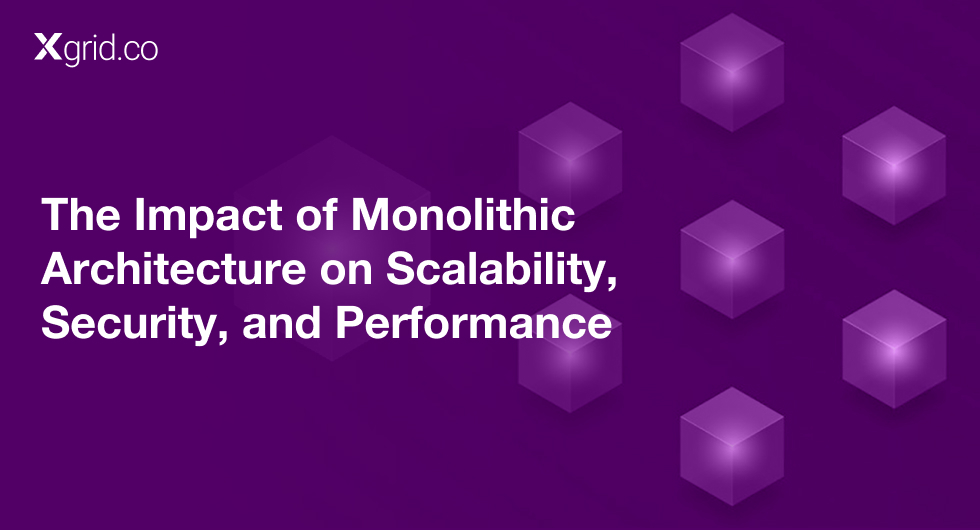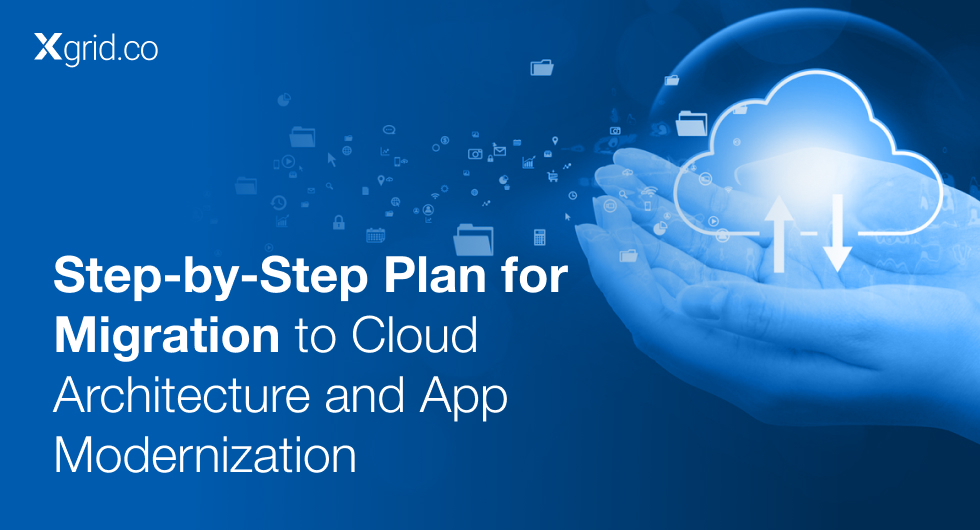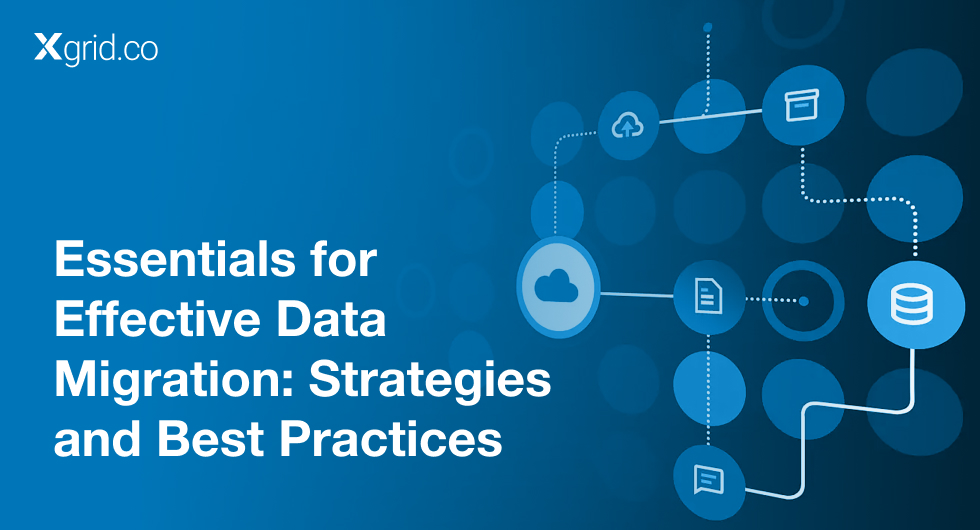Microservices Done Right: Ensuring Business Continuity During the Move to a Scalable Architecture
In the era of 5G and Cloud, companies are increasingly transitioning from monolithic architectures to microservices to improve scalability, flexibility, and maintainability of their applications. However, this migration comes with its own set of challenges and risks. In this article, we will explore a strategic approach to mitigate these risks through careful planning and execution.
Mitigation of Risks and Challenges
1. Understanding the Monolith
Before any migration can commence, a thorough understanding of the existing monolithic architecture is crucial. This involves a detailed analysis of the monolithic system to discern its key components.
- Identify Logical Components: Start by mapping out all the logical components of the monolith. This includes all the functionalities that the application performs, from user authentication to data processing.
- Identify Dependencies: Once components are outlined, identify and document the dependencies between these components. Understanding these dependencies is vital to managing the order of component migration and ensuring system integrity throughout the transition process.
- Group Components: Group components based on their functionalities and dependencies. This grouping will help in prioritizing which components to migrate first based on their coupling and cohesion with other parts of the system.
2. Taking an Incremental Approach
Migration should not be a big bang approach; rather, it should be incremental to manage risks effectively.
- Start with the Least Dependent Components: Begin by migrating the components that have the least dependencies. This reduces complexity and minimizes the risk of disrupting the entire system.
- Identify Necessary Restructurings: As components are migrated, it may become necessary to restructure parts of the remaining monolith to maintain functionality and performance. Each migration step should be followed by an assessment and restructuring phase if required.
- Repeat the Process: Continue this process component by component, gradually decomposing the monolith into microservices. This iterative process helps in refining the migration strategy based on learnings from each step.
3. Establishing Loosely Coupled Microservices
As the components are migrated, they should be transformed into loosely coupled microservices.
- Convert Components to Distinct Layers: Each microservice should ideally represent a distinct layer of functionality. This separation enhances the modularity of the application, making it easier to update and scale individual components without affecting others.
- Ensure Separation of Concerns: Each microservice should have a clearly defined responsibility and should not overlap in functionality with other services. This separation of concerns is critical for maintaining a clean and manageable architecture.
- Implement Service-to-Service Communication: Microservices communicate with each other through well-defined APIs. Implementing effective service-to-service communication protocols, such as REST or message queues, is essential for the performance and reliability of the overall system.
4. Implementing End-to-End Observability
To ensure the health and performance of the new microservice architecture, implementing comprehensive observability is crucial.
- Include Logs, Metrics, and Traces: Each microservice should have integrated logging, metrics collection, and tracing capabilities. These tools provide insights into the system’s operation and are invaluable for troubleshooting and optimization.
- Integrate Observability into Each Component: Observability should be built into each microservice from the outset. This integration allows for real-time monitoring and alerting, which is essential for maintaining system performance and quickly addressing issues as they arise.
Migrating from a monolithic architecture to microservices is a significant undertaking that requires careful planning and execution. By understanding the existing system, taking an incremental approach, establishing loosely coupled microservices, and implementing end-to-end observability, organizations can manage the risks associated with migration and set the stage for a more flexible and scalable application landscape.
Ensuring Business Continuity During Migration to Microservices
Migrating to a microservices architecture involves significant changes to the application landscape. While these changes promise enhanced scalability and flexibility, they also pose risks to business continuity. Careful planning and execution are essential to ensure that business operations remain unaffected during the transition. Below we outline the key strategies to maintain continuity:
Business Impact Analysis (BIA)
The first step in safeguarding business continuity is conducting a thorough Business Impact Analysis (BIA). This analysis helps organizations understand the potential impacts of a migration-related disruption.
- Identify Critical Business Processes: Map out all critical business processes that depend on the IT systems undergoing migration. Understanding which processes are vital helps prioritize them during the migration.
- Analyze Dependencies: Examine the dependencies between critical processes and the IT systems. This includes dependencies on data, infrastructure, and inter-process communications that could be affected during the migration.
- Determine Recovery Time Objectives (RTOs): For each critical process and system, define the acceptable downtime, known as the Recovery Time Objective (RTO). RTOs guide the urgency and resources allocated for recovery strategies.
- Assess Impact: Evaluate the consequences of disruptions on business operations. This includes potential financial losses, damage to customer relationships, and regulatory compliance issues. Understanding these impacts helps in prioritizing recovery strategies and resource allocation.
Business Continuity Planning (BCP)
Developing a robust Business Continuity Plan (BCP) is crucial for maintaining operations during the migration. This plan should outline strategies and procedures designed to mitigate potential disruptions.
- Redundant Systems and Failover Mechanisms: Implement redundant systems and automatic failover mechanisms to ensure that critical services can continue without interruption during the migration. These systems should be tested and validated for effectiveness in a failover scenario.
- Backup and Recovery Plans: Establish comprehensive backup and recovery solutions. Regular backups of data, applications, and configurations are crucial. Ensure that recovery procedures are well-documented and staff are trained on them.
- Communication Protocols: Develop clear communication protocols to keep all stakeholders informed during the migration. This includes internal communications with employees and external communications with customers and partners. Effective communication helps manage expectations and reduces the potential for stakeholder dissatisfaction.
Testing and Exercising
Regular testing of the business continuity plan ensures its effectiveness and identifies potential gaps.
- Conduct Tabletop Exercises: Tabletop exercises involve key personnel discussing simulated scenarios to walk through the plan. This helps assess the plan’s effectiveness and identify areas for improvement.
- Simulations and Drills: Simulate migration-related disruptions to test the organization’s response capabilities. This practical approach helps ensure that systems, processes, and people are prepared to respond effectively to real-world disruptions.
- Staff Familiarity: Regular drills ensure that staff are familiar with their roles in emergency procedures. Familiarity reduces response times and errors during actual incidents.
Continuous Improvement
Business continuity planning is not a one-time task but a continuous process.
- Review and Update Plans: Regularly review and update the BCP based on lessons learned from tests and real incidents. Changes in business operations, IT infrastructure, or external threats should prompt a reevaluation of the plan.
- Stakeholder Feedback: Incorporate feedback from all stakeholders, including employees, customers, and partners. Their insights can provide valuable perspectives on the effectiveness of the plan and areas needing improvement.
- Adapt to Emerging Risks: Stay informed about new risks related to technological advancements and evolving business practices. Update the continuity strategies accordingly to maintain resilience against these challenges.
Conclusion
Ensuring business continuity during the migration to microservices is critical. By conducting a detailed BIA, developing a comprehensive BCP, regularly testing and updating the plan, and embracing continuous improvement, organizations can protect their operations from disruptions. This proactive approach not only mitigates risks but also positions the business for a successful transition to a more dynamic and scalable microservices architecture.





